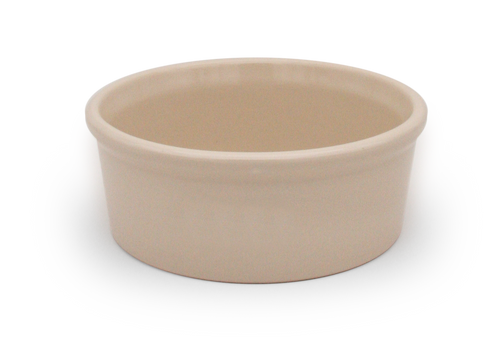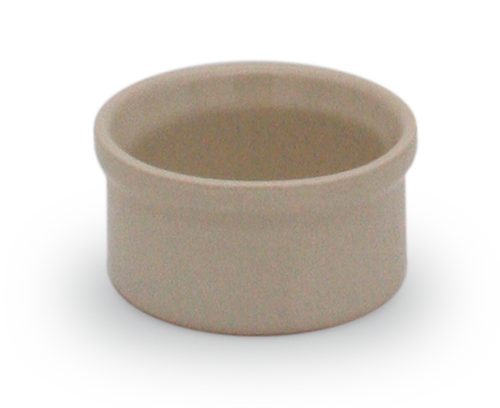Ohio Buckeye, the state tree of Ohio, is found primarily as an understory tree in the western half of Ohio, where the soils are more alkaline in pH. However, it is scattered throughout the eastern half of the state, except in extreme northeastern and extreme southeastern Ohio. Its lightweight wood is used in the production of artificial limbs, and the holding of a "buckeye nut" in one's pocket is considered good luck. A native of the Midwestern and Great Plains states, trees found in the open may reach 60 feet tall by 30 feet wide, but as a native understory it is often half that size. As a member of the Horsechestnut Family, it is related to other Horsechestnuts and Buckeyes, including man-made hybrids between the species.
Planting Requirements - Ohio Buckeye prefers moist, well-drained soils of variable pH that are rich and deep, in partially sunny to partially shaded conditions. It adapts to average soils that are occasionally dry, but moderate to heavy leaf scorch will develop by mid summer, especially when sited in full sun. Ohio Buckeye prefers shady conditions in its youth, but grows in full sun to full shade from youth through maturity, and is found in zones 4 to 7.
Potential Problems - Ohio Buckeye often suffers from leaf blotch, leaf scorch, and powdery mildew on its foliage, which also plagues the closely related Horsechestnut (but not Yellow Buckeye). As such, Ohio Buckeye should be planted in partially shaded to fully shaded conditions for best foliage health in mid- to late summer. However, it should be planted in partial sun to full sun for best floral and nut production (preferably with supplemental irrigation during summer).
Growth Rate: Medium
Mature Height: 60'
Soil Type: Moist, well-drained; variable pH; rich and deep








